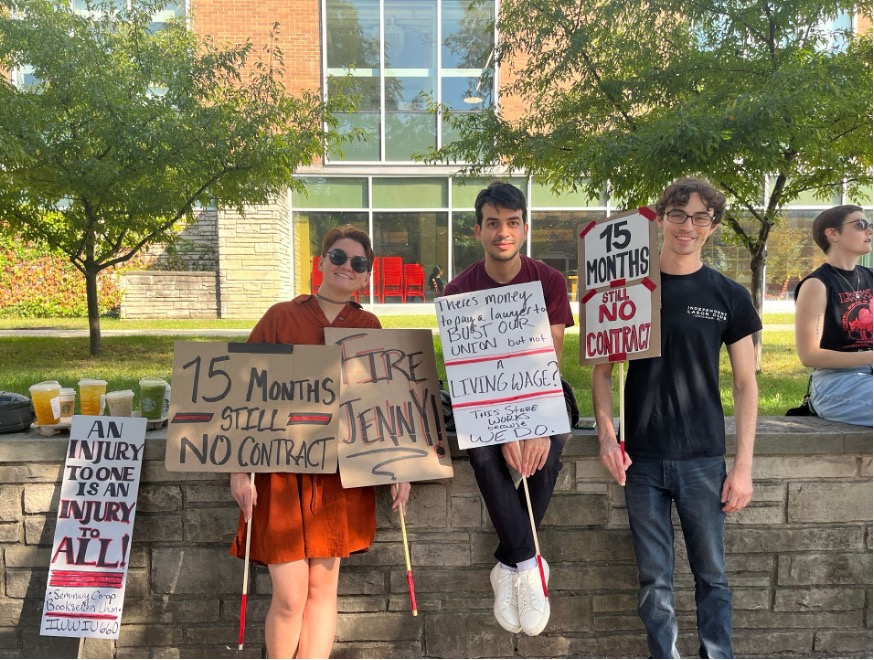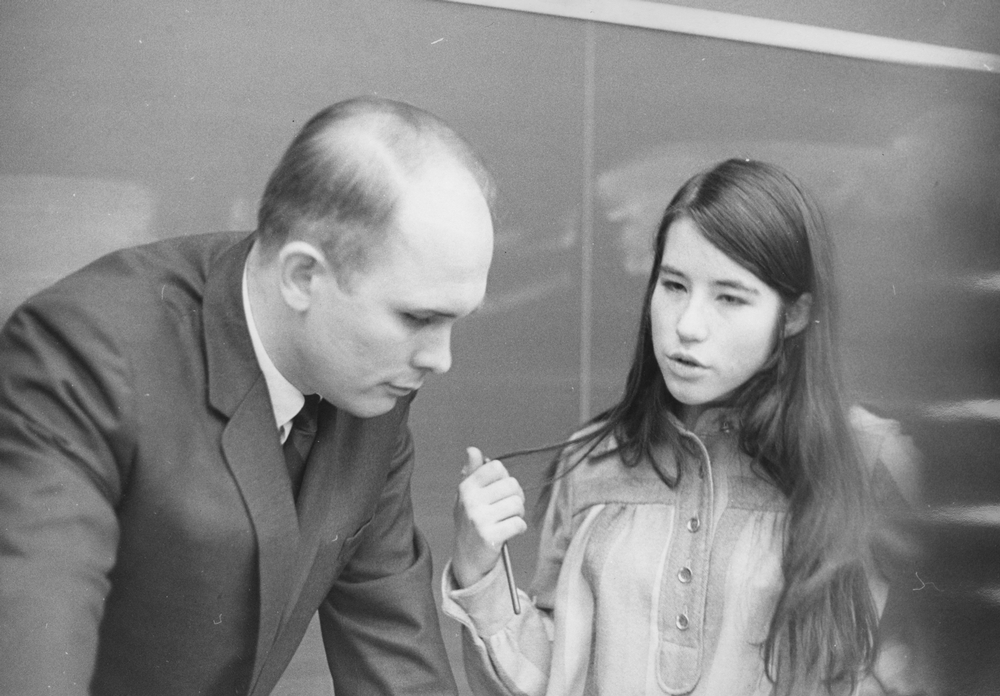The American Astronomical Society (AAS) will end its longtime publishing relationship with the University of Chicago Press, putting into question the fate of at least 40 employees of the nation’s largest academic publisher. Beginning in January 2008, The Astronomical Journal, put out by the AAS, will be published by the England-based Institute of Physics (IOP), with The Astrophysical Journal and The Astrophysical Journal Supplement poised to do the same in 2009.
This development, made public when the AAS announced in a press release last week that it had selected the IOP to publish its internationally respected journals, marks the end of The Astrophysical Journal’s more than century-long association with the University of Chicago.
The Astrophysical Journal has been published by the University since the publication’s creation in 1895, and The Astronomical Journal since the 1990s.
The AAS’s departure came as something of a surprise to the University Press, whose division dedicated to the publication of the astronomy journals employs at least 40 individuals.
The process was initiated when the Press last year proposed an updated business model that would alter the relationship between Press operations and the AAS.
For years, the University Press has published the AAS journals on a fee-for-service system, receiving fixed payments from the AAS for the publication services provided. Last year, the Press, prompted by increased costs and overhead in the astronomy journals’ production, proposed the switch to a shared revenue business model that would determine payments to the Press based on percentage of total revenue.
In 2005, revenue generated by the astronomical journals totaled $5.7 million.
Because the University Press simply acts as a clearinghouse for much of that revenue, turning most of the money over to the AAS, the publication of the astronomical journals actually had a net negative effect on the Press’s profit margin, said Nawin Gupta, journals manager in the Press’s Journals Division.
“The AAS journals made a negative contribution to the bottom line. Our other journals were subsidizing the AAS journals,” Gupta said.
Overhead costs and specific needs by the AAS for the development of online publishing software for its journals drove the costs of publishing the astronomy journals up, he said.
“In today’s day and age, we couldn’t afford to function as a software developer,” he said. “Whatever software we did use had to be beneficial to the whole [journal] portfolio. That is what precipitated this whole process.”
The Press’s attempts to meet the needs of the AAS journals limited its ability and flexibility to meet the needs of the nearly 50 other journals published by the Press, which is what led it to propose the new business model last year in an attempt to recover some of the losses that had characterized the operation.
“Revenue share is not at all uncommon, and that’s why we proposed it,” said Mary Guillemette, operations manager for the Astronomy Journals Group of the University Press.
But the AAS was not necessarily willing to accept the proposed model, said Kevin Marvel, executive officer of the AAS.
“When we got the proposal, our council said maybe we shouldn’t accept the new proposal blindly,” Marvel said. “[The Press] wanted a little bit more say in how the bottom line was going to be arrived at.”
After considering the proposal, the AAS decided to seek other publishers who would be willing to maintain a pay-for-service system while developing online software that met the needs of the journals’ subscribers, Marvel said.
“We want to publish the best journals at the best possible costs…. If we can find cost savings, then we pass all the savings to the authors and the people who subscribe,” he said.
The AAS canceled its contracts with the University Press in order to send out a request for proposals (RFP) from other potential publishers. It received seven bids, including one from the University of Chicago.
In its updated proposal, “we offered them everything that they wanted and more,” Gupta said.
The University Press developed a proposal that would have maintained the pay-for-service system while lowering costs for both the Press and the AAS by employing the use of market software rather than internally developed applications, he said.
The Press was fairly confident in its new proposal’s appeal, which was why the AAS’s selection of the IOP came as a surprise to many within the Press. The AAS selection committee first narrowed its choices down to four finalists, and then to two.
Marvel would not say whether the University made either cut.
“When you’re looking around, you see that there may be better options out there that are able to serve you better,” Marvel said.
The University Press believed that it had offered a proposal that would regain the AAS contracts.
“We were surprised when they told us that the price they found was lower than what we could offer,” Gupta said. “Even though we had cut our costs, they were still able to get a lower price in the marketplace, which was somewhat concerning for us. We have to stay competitive.”
Gupta said that the realization that other publishers were able to provide publication services for lower prices will lead to a re-evaluation of the Press’s operating procedures.
The American Journal of Human Genetics, which has been long-published by the University Press, has also decided to leave for a lower-cost publisher.
That development was initiated when the journal was approached with a proposal from another publisher and not by an ill-received proposal from the Press, Gupta said.
Cynthia Morton, editor of The American Journal of Human Genetics, would not comment on the decision because it has not yet been made public.
“The loss of the AAS journals is clearly disappointing,” Gupta said. “But we have to move on and see how else we can improve the Press.”
Of primary concern now, said Gupta, is the fate of the more than 40 University employees who worked on the astronomy journals. The University Press’s relationship with the AAS will not completely terminate until the end of 2008, and in the meantime, the Press will work to find the employees other positions within the Press or the University.
“The part we are most concerned about are the 40 people,” he said.
“We have assured people that we’re going to work with the University [Human Resources office] to keep them at the University and at the Press,” Guillemette said.








